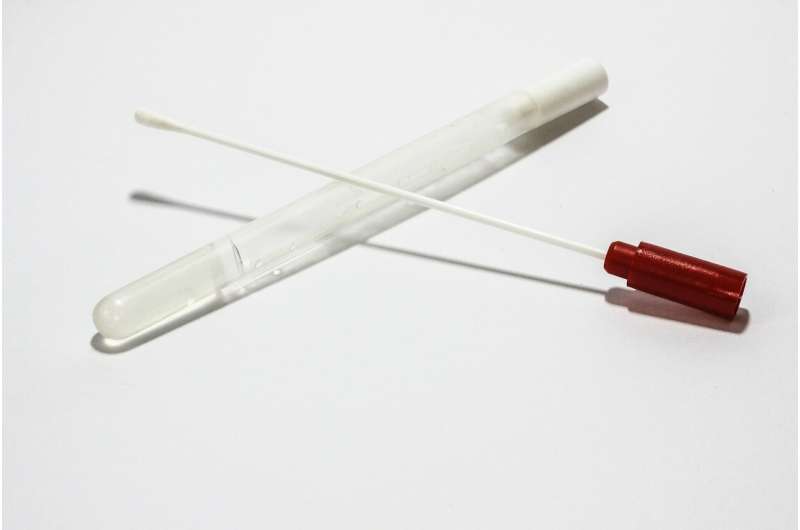Credit: Pixabay/CC0 Public Domain
The true prevalence of COVID-19 is still unknown due to the high proportion of subclinical infection. Measuring seroprevalence may be crucial to improve knowledge about the impact of COVID-19 in rheumatic patients. Data shared at the 2021 EULAR congress highlight that the spread of SARS-CoV-2 infection is much greater than that observed by capturing only swab-diagnosed COVID-19 cases, but consistent with healthy population.
As part of the MAINSTREAM project, Favalli and colleagues conducted a seroprevalence cross-sectional study between 4th May and 16th June 2020toestimate the prevalence of anti-SARS-CoV-2 antibodies in a large cohort of people with rheumatoid arthritis (RA) or spondyloarthritis (SpA) treated with biologic or targeted synthetic disease modifying anti rheumatic drugs (b/tsDMARDs) in a COVID-19 high-endemic area (Lombardy, Italy). Over this time, 300 people were tested for IgG, IgM and IgA antibodies against three viral antigens-nucleoprotein, spike protein, and the receptor-binding domain. These data were compared with those observed in the healthy population in the same period and region. Everyone taking part also completed a questionnaire to collect information about symptoms consistent with COVID-19, risk factors, and comorbidities.
Overall, 65% of people taking part had RA, 23% had psoriatic arthritis, and 21% had ankylosing spondylitis. Most people were being treated with tumor necrosis factor inhibitors (TNFi; 57%), and the remainder were receiving abatacept (20%), interleukin-6 inhibitors (IL-6i; 11%), or januskinase inhibitors (JAKi; 5%).Of the 300 people, 4 had a prior diagnosis of COVID-19 defined by nasopharyngeal swab.
Immunoglobulin titres were evaluated resulting in 9%, 13.6%, and 13.3% positive patients for IgG, IgM and IgA, respectively, and there was no significant difference to the healthy population. Among seropositive patients, 55.3% were asymptomatic, 16% had minor and 19.6% major symptoms, 7.1% were hospitalized. No deaths or admission to intensive care occurred. IgM, IgG and IgA titres to the receptor binding domain of the virus were higher in patients with both minor and major symptoms compared with asymptomatic ones. No differences were found between seronegative and seropositive patients in relation to age, sex, rheumatic diagnosis, and treatment with cs- and b/ts DMARDs or corticosteroids. A relative increased risk was associated with obesity and presence of at least two comorbidities.
This study confirms that, even in a cohort of rheumatic patients, the spread of SARS-CoV-2 infection is much greater than that observed by capturing only swab-diagnosed COVID-19 cases. The underlying rheumatic disease and ongoing therapy with b/ts DMARD does not seem to impact SARS-CoV-2 antibody positivity, which conversely seems to be associated to symptomaticCOVID-19 and presence of comorbidities.
Provided by European Alliance of Associations for Rheumatology
























